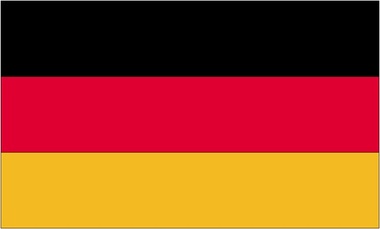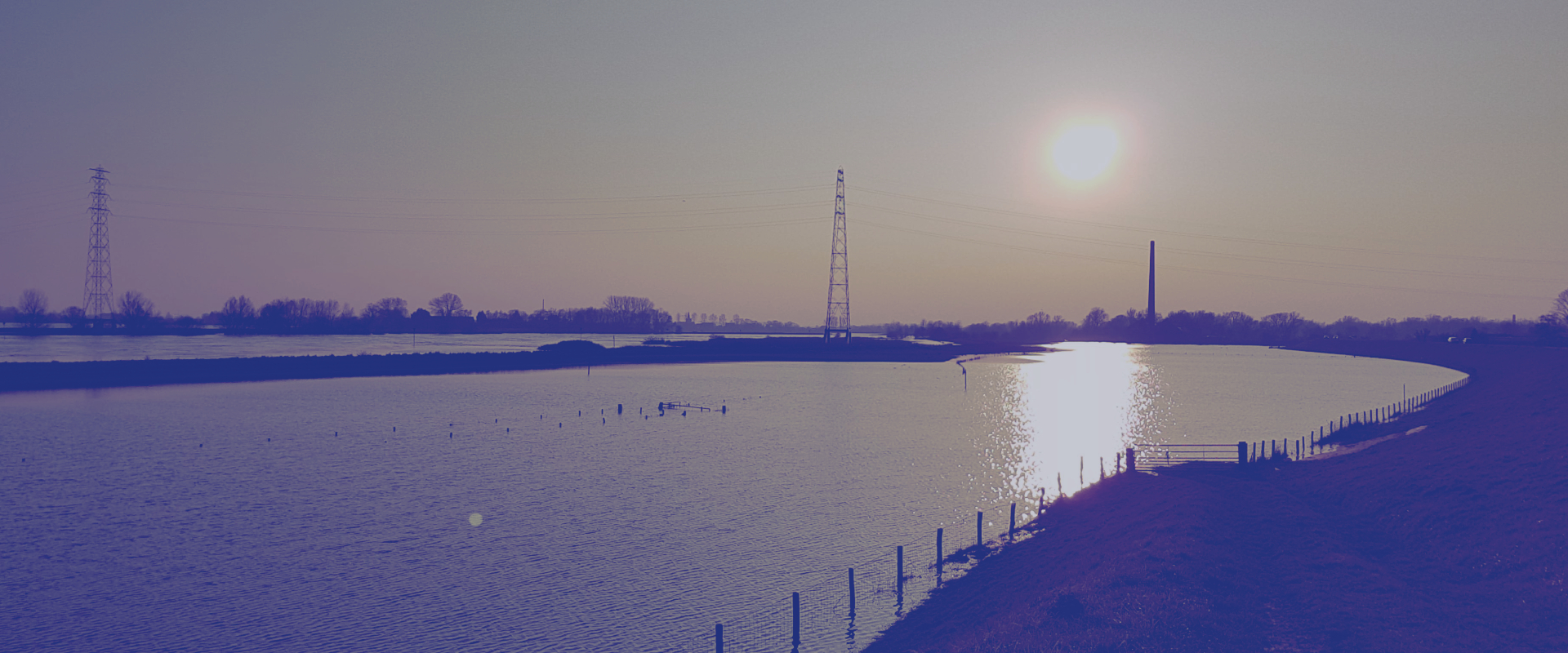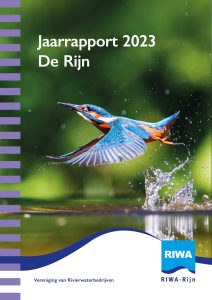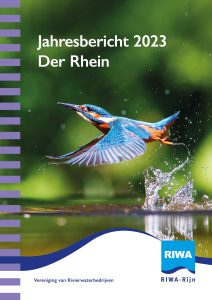Annual report 2023
This RIWA-Rijn annual report describes the water quality of the Dutch part of the Rhine river basin in 2023 at the border crossing at Lobith and at the intake points at Nieuwegein, Nieuwersluis and Andijk. We compare the measured values with the target values in the European River Memorandum (ERM) and pay specific attention to substances exceeding these target values. We also report on the development of the level of purification required for the production of drinking water (WFD article 7.3) at these locations by means of the purification task index. In addition, we assess at Lobith the emission reductions targeted by the Rhine Ministerial Conference in 2020 in the ICPR work plan 2040.
Download
It has now been 3 years since we were first informed about – and drew attention to – the more or less unlimited discharge of PFAS in cleaned industrial wastewater in the Rhine basin due to the lack of emission limit values for PFAS in discharge permits. This practice is remarkable, especially since the renewed Drinking Water Directive now sets limits for the same PFAS, limits that RIVM considers insufficiently stringent to protect drinking water quality. We are also reviewing lithium again, now partly in response to the exceedances of the indicative environmental risk limits for lithium in the surface waters of the Rhine and the Rhine basin.
Unfortunately, we conclude also this year that a large number of substances exceed the ERM target values, preventing drinking water utilities from producing clean and healthy drinking water by simple natural purification methods. The objective of WFD article 7.3 (reducing the required level of purification) is also not being met. In particular, we see the load of substances from urban wastewater, such as medicine residues, increasing. This is contrary to the 30% reduction target of the 2020 Rhine Ministerial Conference. Improving this situation requires the inclusion of emission limits in industrial discharge permits that protect the river’s drinking water function. And to speed up the improvement of sewage treatment plants by expanding them with a 4th cleaning step.
Recently, we expanded our monitoring to include non-target screening (NTS) that also allows us to monitor the presence of known and unknown substances. The Haarlem-based Water Laboratory, which does this screening for us, explains in this annual report how this is done.
Our annual report is available in Dutch and German.






